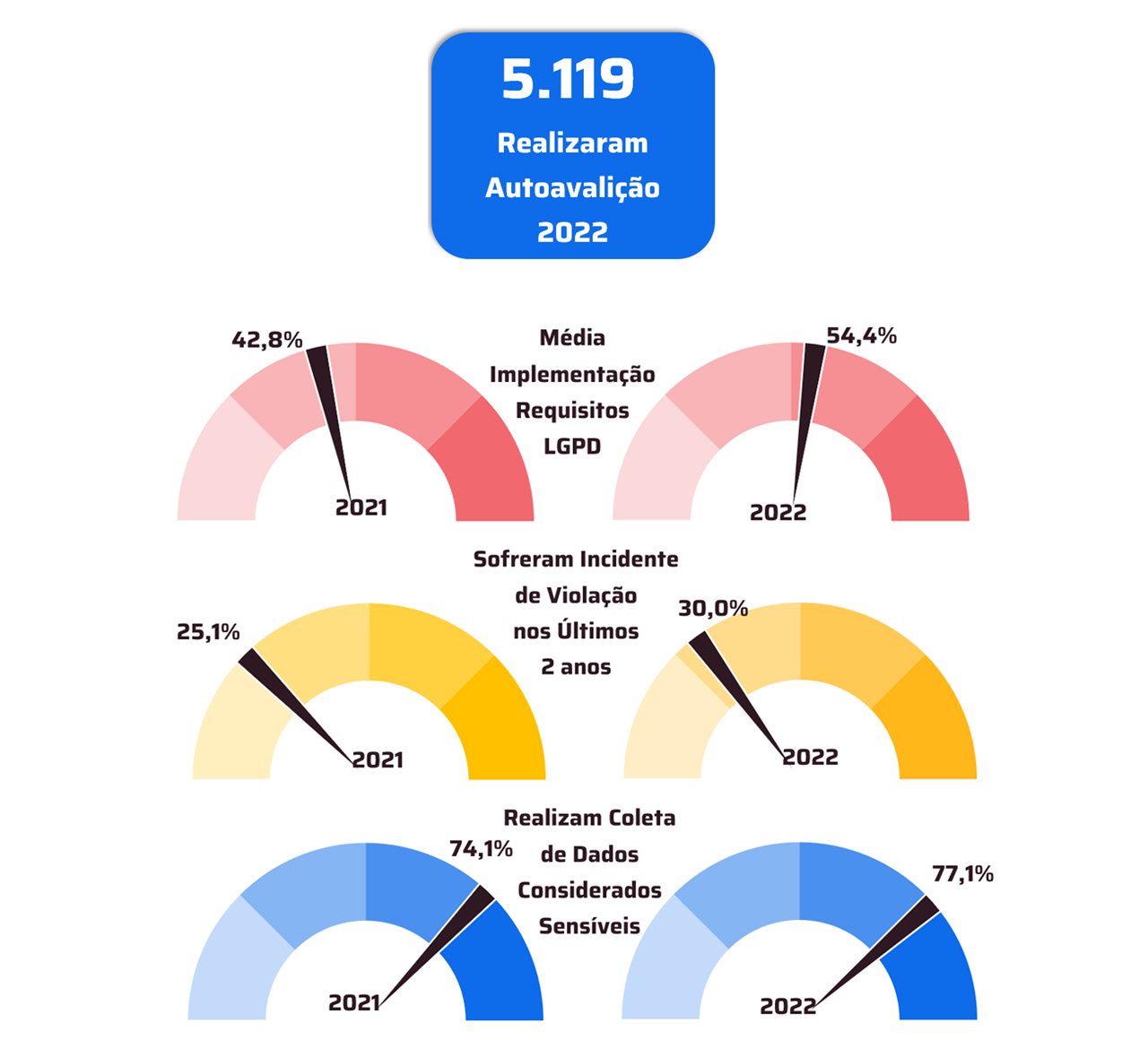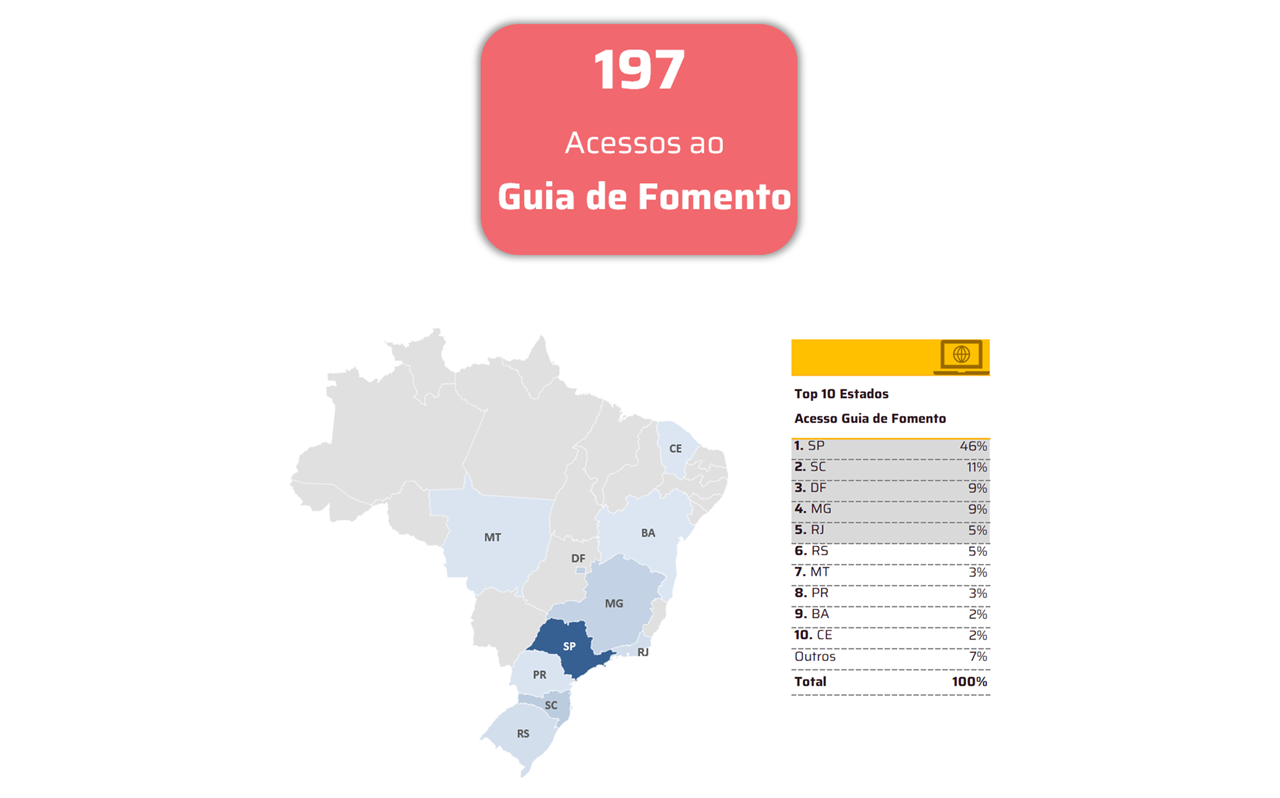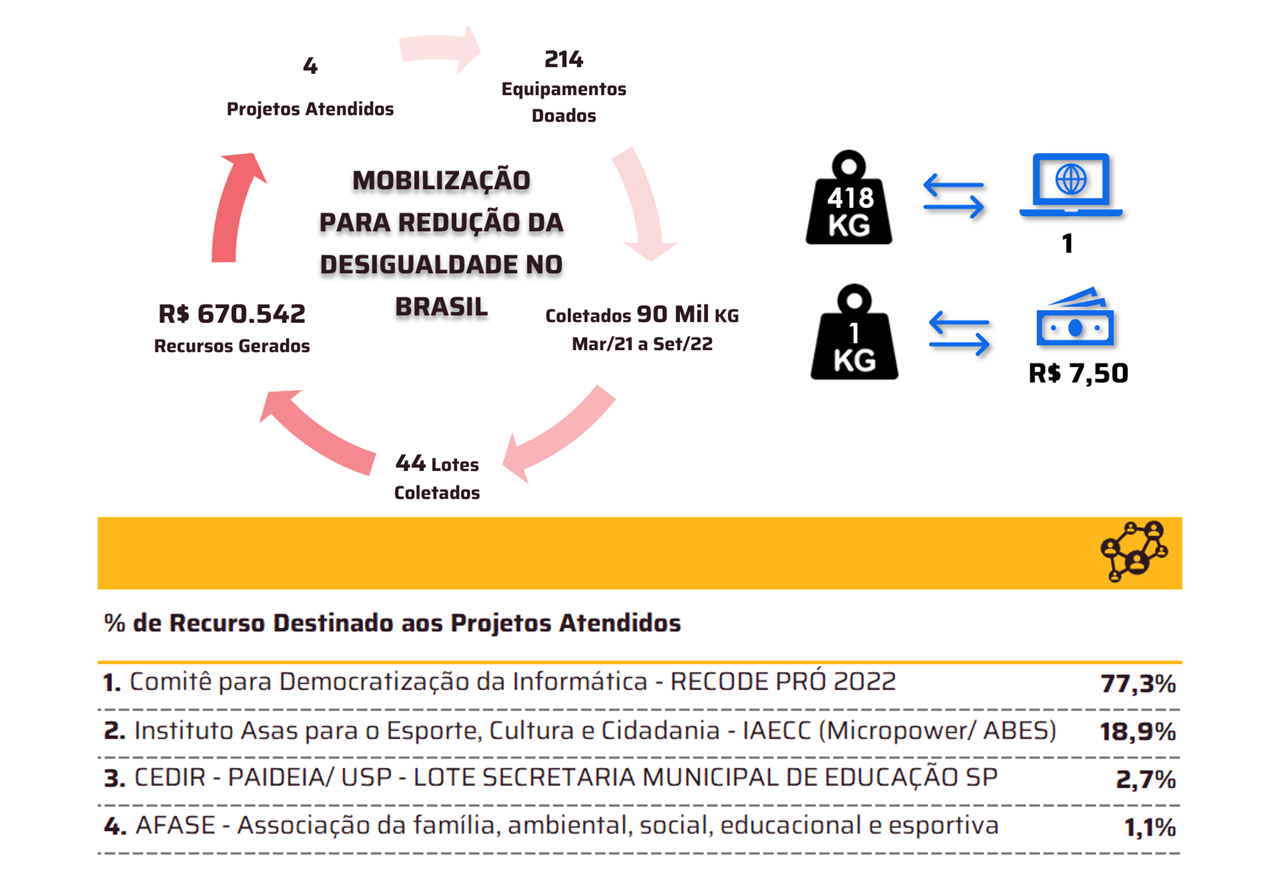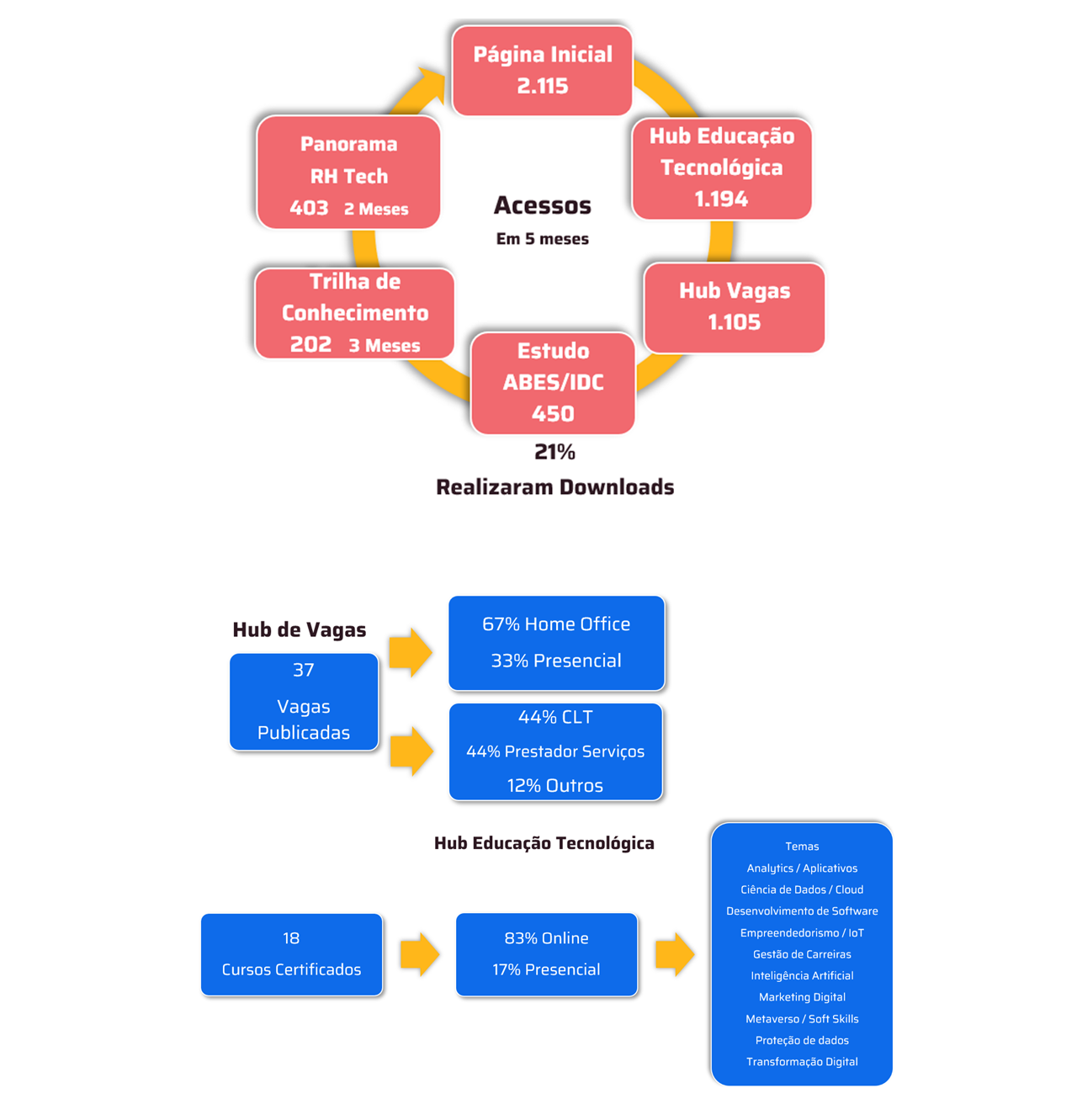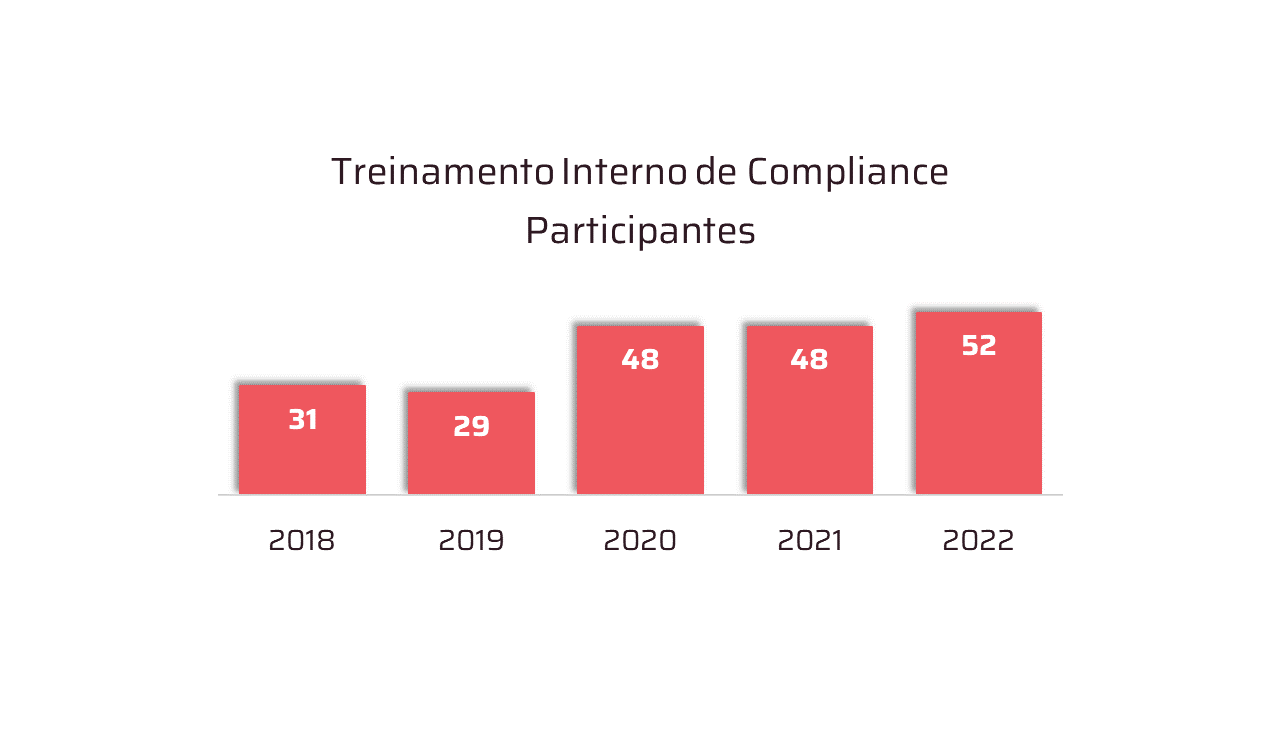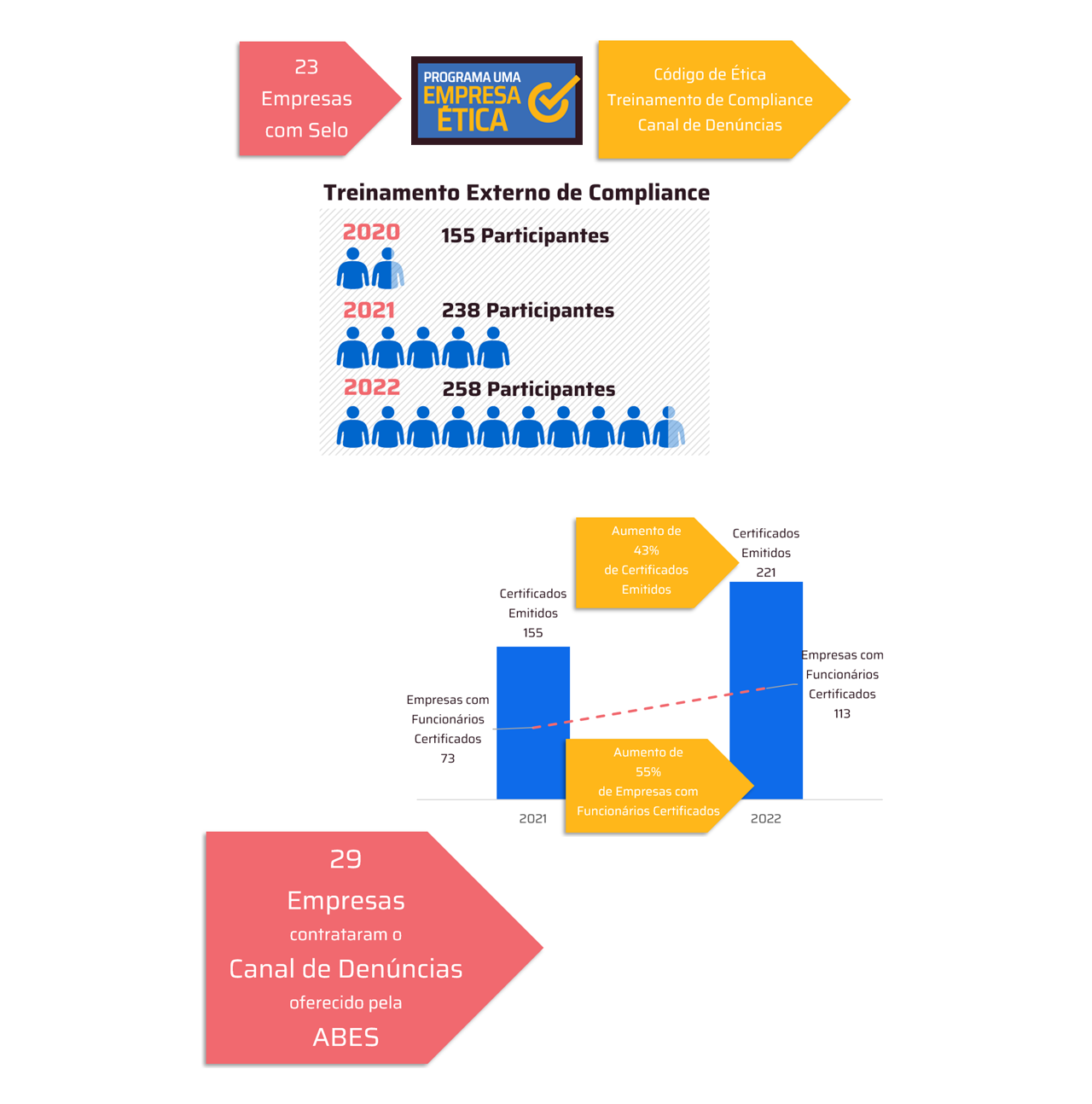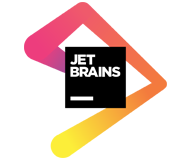 *Rodney Repullo
*Rodney Repullo
No matter what companies are looking to do—optimize the supply chain, increase customer engagement, reduce costs, or increase productivity—data is what drives insight and decision-making. So, it's best to take good care of it.
According to deloitte, organizations with a strong analytical culture are twice as likely to exceed their business goals. This explains why IDC predicts that companies are increasing their investments in technologies that manage and analyze data.
To gain actionable insights and react at the speed needed in today's fast-paced business world, the future of data integration will be more than just moving data between systems. Integration will be at the heart of an analytical culture, transforming data into insights that transform businesses. Hyperautomation of management processes is the next step.
Currently, most IT systems provide insights only within a specific data silo, and the application generating the reports is typically only associated with the system being used. As a result, integration has primarily been performed point-to-point, moving data between one backend system and another, as is the case with data transfer between CRM and ERP, or any other system in use.
This point-to-point system integration process leaves organizations with very limited insight when it comes to gaining actionable intelligence from multiple data sources. For example, you could combine costs for in-house repair technician fees and manager time spent overseeing maintenance-related activities, but you wouldn't be able to analyze this data alongside the profit loss when equipment malfunctions. Ideally, you could not only bring together all these data sources for analysis, but also do so in real time, so you can prioritize maintenance work and deliver the best business results.
Unfortunately, in most organizations, data silos exist between all systems. It's no surprise that 51% of ERP professionals claim that limited data integration is one of the main obstacles to leveraging management system data and achieving established business objectives.
As data sources multiply, it will be even more imperative for organizations to fully integrate their data sources. To achieve this, companies must strive to achieve new levels of agility and process improvements by adopting qualified, future-proof technologies.
Organizations have undergone many transformations in the last decade, generating new data sources. Almost half (48%) of ERP professionals states that their organizations plan to add 10 or more data sources in the next 18 months. As a result, the volume of data to be analyzed is only increasing.
While organizations have reached a high level of maturity in digital transformation, they now face an equally critical problem: how to leverage this data and transform it into actionable intelligence?
Future data integration solutions will need to solve much more than simply connect systems. The integration platform must be at the center, connecting all data sources and backend systems and enriching that data as part of an overall business data management and analytics solution. This enables quick and efficient extraction of insights, providing a comprehensive view to understand the bigger picture and take immediate action to improve business results.
To do this effectively, integration must also support hyperautomation strategies to ensure cross-departmental data access, eliminate data silos, and drive actionable intelligence that enables decision-making based on real-time insights.
Hyperautomation in qualified data processing
Gartner defines hyperautomation as a disciplined approach that organizations use to rapidly identify, evaluate, and automate as many business and IT processes as possible, and found that 80% of organizations report an increase or continuity of investments in initiatives in the area.
Hyperautomation uses artificial intelligence (AI), machine learning (ML), event-driven software architecture, low-code/no-code tools, off-the-shelf software (OTTB), among others, to accelerate management and business processes.
To ensure that data analytics are in sync with hyperautomation initiatives, organizations will need a data analytics platform.
Integration that combines API management, AI and ML, and other automation technologies to help eliminate bottlenecks in the data and systems integration process. This would enable organizations to achieve speed and greater scale in contextualizing interdepartmental intelligence.
As organizations eliminate data silos, they can drive business value from actionable insights derived from data sharing across departments. This will help them continue to build and strengthen their organizational culture to be more data-driven, with quality and efficiency.
*Rodney Repullo CEO of Magic Software Brazil.
Notice: The opinion presented in this article is the responsibility of its author and not of ABES - Brazilian Association of Software Companies









